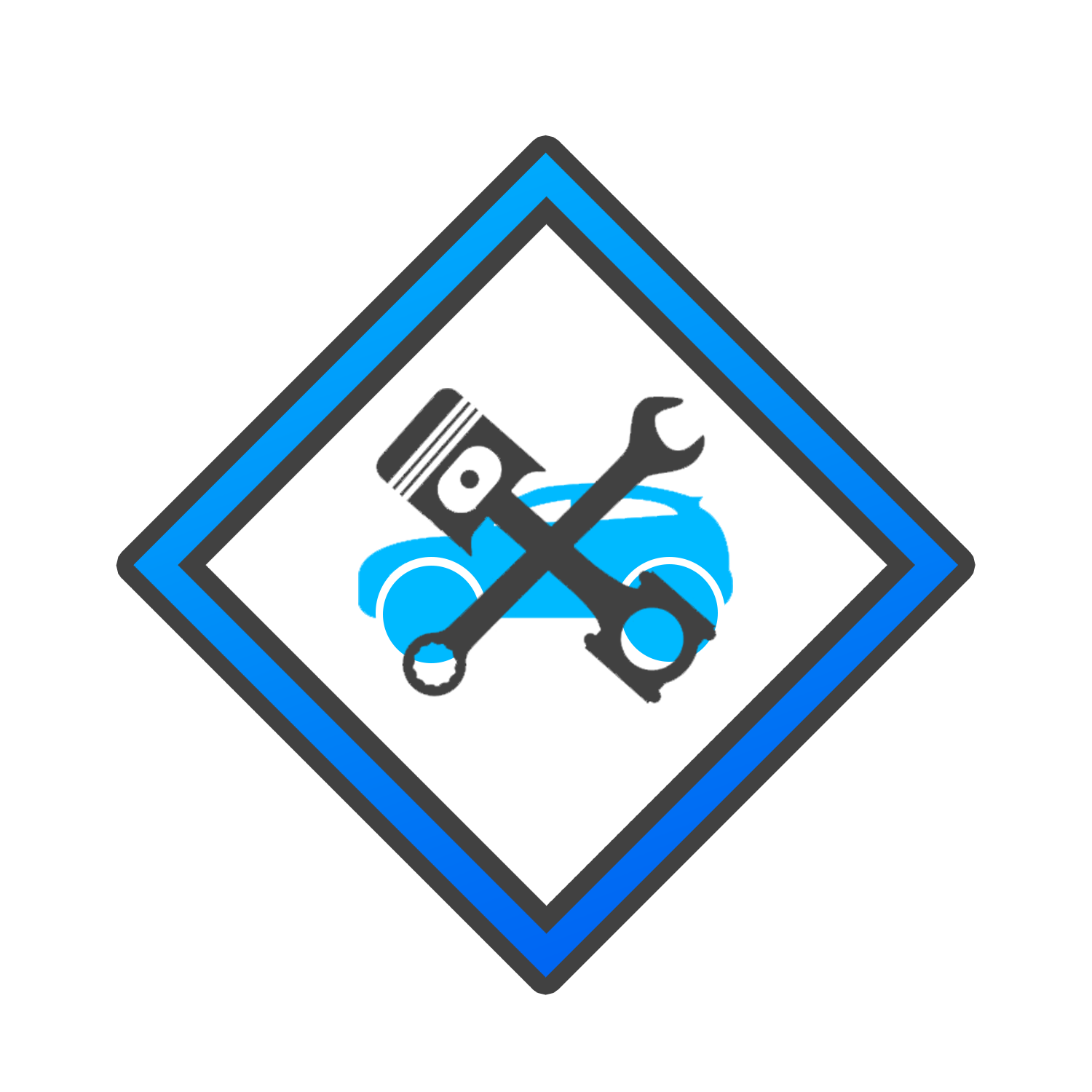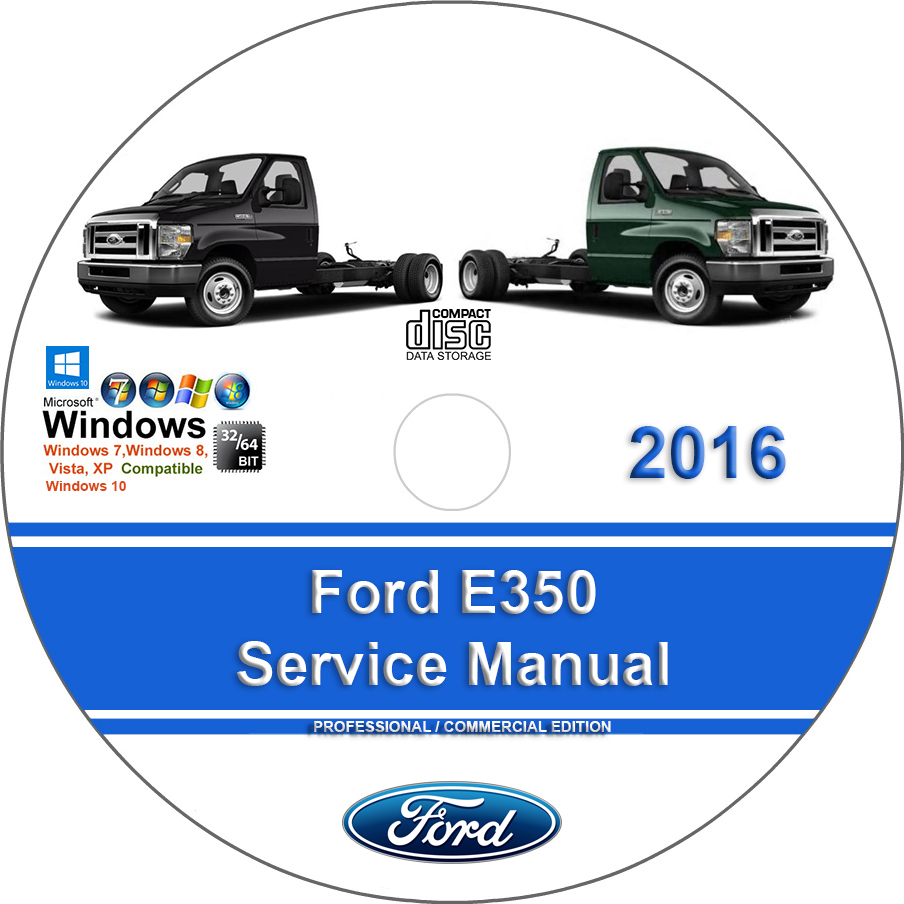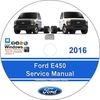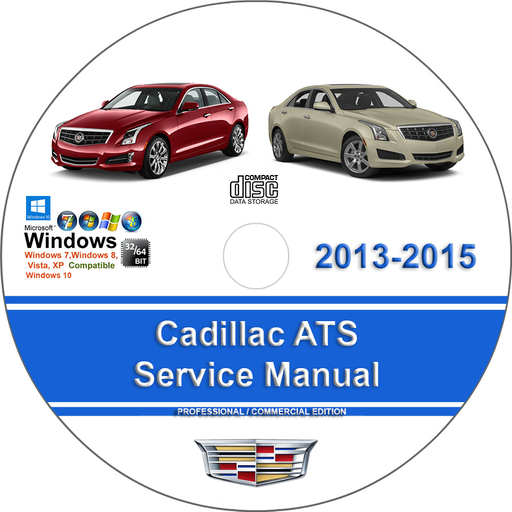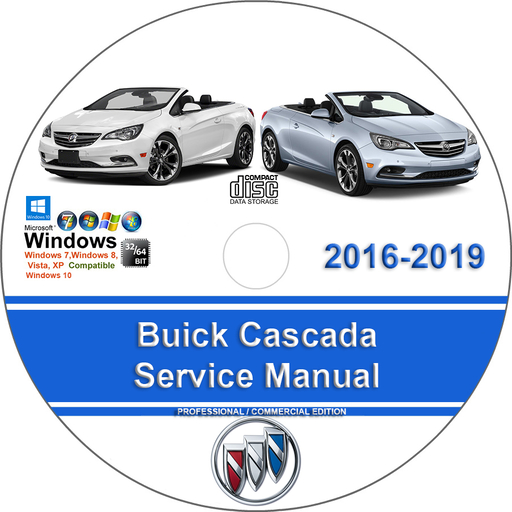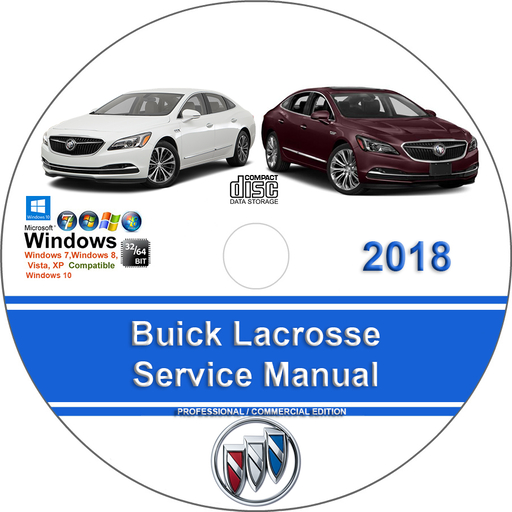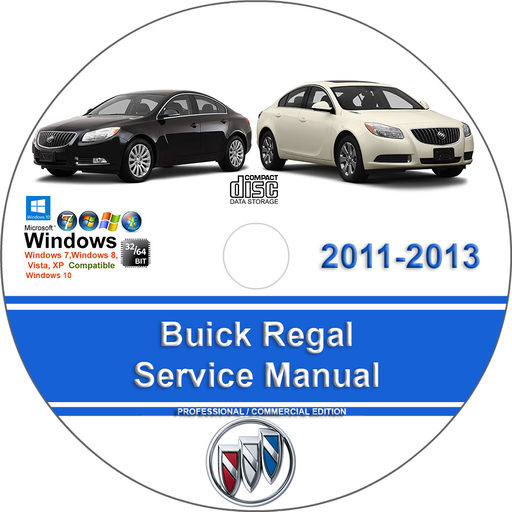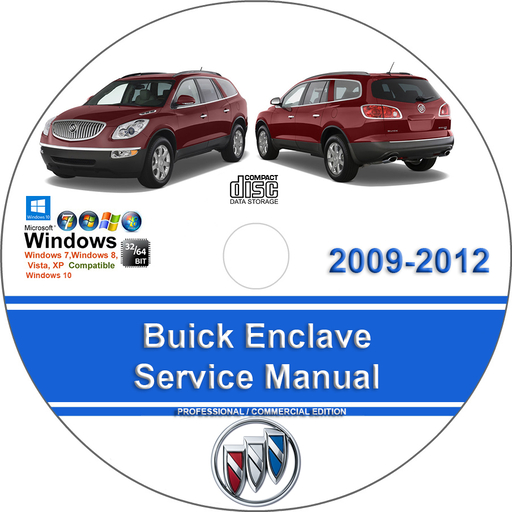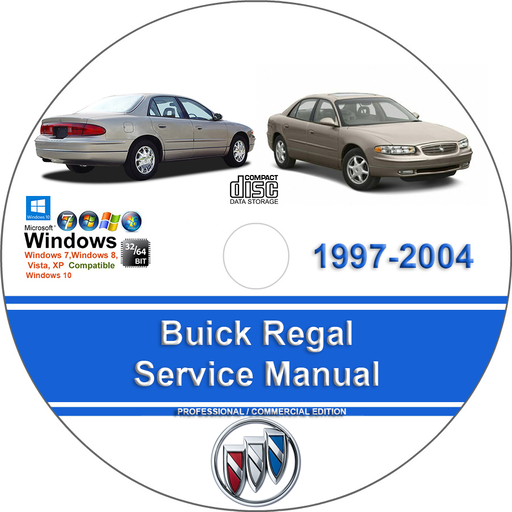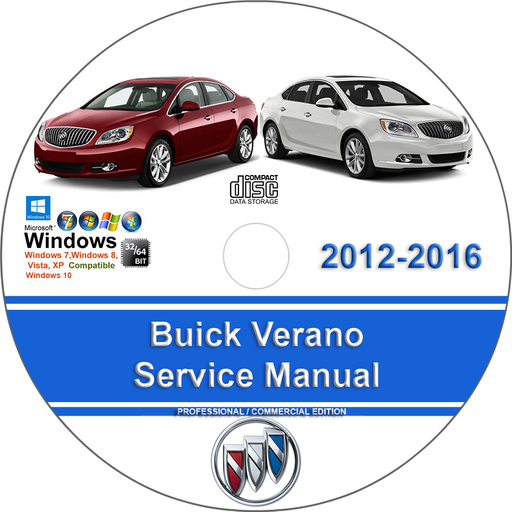Ford Econoline E350 2016 Factory Service Repair Manual + Wiring
$34.00 – $42.00Price range: $34.00 through $42.00
Ford Econoline E350 2016 Factory Service Repair Manual + Wiring
You can download this or I can ship it to you.
Loaded with Hi Resolution illustrations, instructions, photos, and diagrams, complete to service and repair your Ford.
Pages: 7000+
Ford Econoline E350 2016 Factory Service Repair Manual + Wiring
Huge load vans have, for a very long time, been an extraordinary choice for self employed entities, business armadas, and property holders who love to be out and about. The Cutaway and stripped skeleton of the E-arrangement are for the most part altered into conveyance vans, ambulances and the best part is that RVs. These vans offer insurance from the cruel climate components and highlight bunches of room just as capacity choices for all the apparatus you have to go with. For a considerable length of time, the Ford E-arrangement had overwhelmed the market, however in the ongoing past when contrasted with other load vans, the model was lingering behind. Passage has, in any case, bobbed back with the 2016 model making upgrades to the disadvantage prior models highlighted.
However, in all decency, the E-Series conventional adversaries including the GMC Savana and Chevrolet Express Cargo some time ago weren’t all that yet the V8 motor they donned gave them a universe of favorable position concerning towing and pulling additional overwhelming burdens. This is the thing that Ford has done to improve the situation.The 2016 E-Series has two motors accessible: the standard 5.4 liter EFI Triton V8 motor and the discretionary 6.8 liter EFI Triton V10 motor. Both these sorts are amazing and work with either a Torqshift programmed 5-speed overdrive with a take/Tow mode or a 6-speed programmed transmission separately.
With respect to the force, the motors convey great force. The V8 produces 255 strength and a most extreme 350 lb-ft of torque while the more impressive V10 motor delivers an incredible 305 pull and a greatest 420 lb-ft of torque.
With appropriate preparing, the 2016 Ford E-Series cutaway can tow an amazing 10,000 pounds.
Models Covered :
Ford E350 2016
Manual Covers :
Accessories and Body, Cab:
Anti-Theft System – Passive Anti-Theft System (PATS)
APIM Hardware Testing
Body Panel System – Body Closures
Body Panel System – Front End Body Panels
Body System – Full Frame and Body Mounting
Body System – General Information
Bumper System
Cruise Control System
Exterior Lighting System
Exterior Trim and Ornamentation
Handles, Locks, Latches and Entry Systems
Horn System
Information and Entertainment Systems
Information Center – Instrumentation, Message Center, and Warning Chimes
Instrument Panel and Console
Instrument Panel and Interior Switches Illumination
Interior Lighting System
Interior Trim and Ornamentation
Module Communications Network
Module Configuration System
Multifunction Electronic Modules
Rear View Mirrors
Seating System
Steering Column Switches
Windows and Glass – Glass, Frames and Mechanisms
Wipers and Washers System
Ateq Tpms Reset Procedure:
Ateq Tpms Reset Procedure
Automatic Stop/ Start Disable:
Automatic Stop/ Start Disable
Bartec Tpms Reset Procedure:
Bartec Tpms Reset Procedure
Brakes:
Anti-Lock Brake System (ABS) and Stability Control
Auxiliary Brake System
Brake System – General Information
Front Disc Brake System
Hydraulic Brake System Actuation
Parking Brake System – Parking Brake and Actuation
Power Brake Actuation – Brake Booster
Rear Disc Brake System
Canadian Model Reference:
Canadian Model Reference
Common Specs and Procedures:
Common Specs and Procedures
Driveline and Axles:
Driveline System – General Information
Driveshaft
Rear Drive Axle Differential – Dana 70
Wheel Hubs and Wheel Bearings – Full Floating Axle – Dana
DTC Index:
DTC Index
Electrical:
Charging System
Charging System (Battery, Battery Mounting and Battery Cables)
High Voltage ConverterPower Point Inverter
OEM Component Harness Location Charts
OEM Component Harness Location Views
OEM Connector End Views
OEM Connector Repair Procedures
OEM Electrical Wiring Diagram Introduction
OEM Fuse And Relay Location
OEM Ground Distribution
OEM Vehicle Repair Location Charts
OEM Wiring Diagram Symbols
OEM Wiring Diagrams
OEM Wiring Diagrams Component Testing
OEM Wiring Harness Overview
Emission:
Applications
Control Abbreviations
Engine:
Accessory Drive Belt System
Engine – 5.4L (2V)
Engine – 6.8L (2V)
Engine Cooling System
Engine Ignition System – 5.4L (2V)
Engine Ignition System – 6.8L (2V)
Engine System – General Information
Exhaust System
Fuel System – General Information
Fuel Tank and Fuel Lines
Starting System
Engine Performance:
Acceleration Control System
Electronic Engine Controls – Gasoline Engines
Engine Controls – Description & Operation
Engine Controls – Diagnostic Methods
Engine Controls – Fuel Charging and Controls – 5.4L (2V)
Engine Controls – Fuel Charging and Controls – 6.8L (2V)
Engine Controls – Introduction
Engine Controls – Pinpoint Tests
Engine Controls – Powertrain DTC Charts & Descriptions
Engine Controls – Reference Values
Engine Controls – Symptom Charts
Engine Emission Control System
Evaporative Emissions System
Firing Order & Cylinder Identification
Intake Air Distribution and Filtering System
Mode 6 – Diesel
Mode 6
General Information:
Anti-Lock Brake Safety Precautions
Clutch Trouble Shooting
Color-Coding
Commonly Used Abbreviations
Drive Axle Noise Diagnosis
Electrostatic Discharge (ESD) Warning – Basic Information
Engine Displacement Conversion Table
Engine Overhaul Procedures
Engine Performance Diagnostic Routine Outline
Engine Performance Safety Precautions
English-Metric Conversion Chart
Gear Tooth Contact Patterns
General Cooling System Service
Identification Codes
Jacking and Lifting
Maintenance Schedule
Manual Transmission Trouble Shooting
Noise, Vibration and Harshness
Parasitic Load Explanation & Test Procedures
Service Information
State Emission Standards – Gasoline
State Emission Standards
Symptom Check List Worksheets
Trouble Shooting – Basic Procedures
TROUBLE SHOOTING
Using Wiring Diagrams
Waveforms – Injector Pattern Tutorial
Wheel Alignment Theory & Operation
HVAC:
Climate Control System
Climate Control System – General Information and Diagnostics
Reminder Indicator Reset Procedures:
Reminder Indicator Reset Procedures
Restraints:
Safety Belt System
Supplemental Restraint System
Steering:
Power Steering System
Steering Column
Steering Linkage
Steering System
Suspension:
Ford Wheel Alignment Specifications
Front Suspension System
Rear Suspension System
Suspension System – General Information
Wheels and Tires System
System Wiring Diagrams:
Wiring Diagrams
Tire Pressure Monitor Systems:
Tire Pressure Monitor Systems
Traction Control:
4WD and AWD
Transmissions:
TorqShift 5
TorqShift 6
Cooling System
External Controls
Uniform Inspection and Communication Standards:
Brake Systems
Drive Train & Transmission Systems
Electrical Systems
Engine Performance And Maintenance
Exhaust Systems
Heating, Ventilation And Air Conditioning Systems
Routine Inspection Reference Guide
Steering & Suspension Systems
This manual is the same as the manual used by workshops. Service Manual contains detailed instructions and step by step diagrams for all workshop procedures.
Language: English
Format: PDF
COMPATIBLE WITH ALL WINDOWS & MAC COMPUTERS
(WINDOWS 10, WINDOWS 8, WINDOWS 11, ETC.)
Windows/Mac/Tablet/Phone Friendly
| Medium | USB Flash Drive, DVD, Download |
|---|
